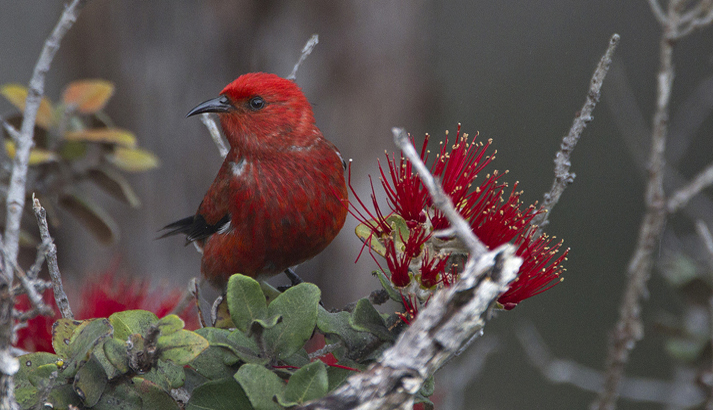Hawaii is house to all kinds of native hen species. A lot of them are on the Endangered Species Record and a few are “critically endangered”. Efforts are ongoing to guard these species, with restricted success, throughout the state. Fans of birding in Hawaii, or just “birdwatching”, have benefitted from conservation insurance policies.
Hawaii’s endangered forest birds have retreated “above the mosquito line” into greater altitude, distant forests in areas too chilly for mosquitos to outlive. Mosquitos unfold the avian flu to Hawaii’s native birds and has, sadly, devastated current species and inflicting the extinctions of others. Hen watchers in Hawaii who hope to identify these species might want to get into Hawaii’s distant, protected forests (safely and legally, please!).

Based on the Audubon Society, there are six such nature reserves on 4 islands in Hawaii recognized as “Hawaii Birding Hotspots”. There are wonderful websites on Oahu, Maui, Kauai, and Hawaii Island. The nene goose, the official State Hen of Hawaii, is frequent at Hawaii Volcanoes Nationwide Park on Hawaii Island. The protected species has made a comeback as a result of many years of protected standing. It may be discovered on Maui and Kauai, too. A nesting household of nene was lately noticed on Oahu’s North Shore.
Hawaii’s protected forests are additionally house to the predatory native species ‘Io (Hawaiian Hawk) and the Pueo (native owl). They’re uncommon to see, however birding in Hawaii requires a eager eye. Hawaii’s endangered forest hen species are uncommon, not the sort that befoul your automotive if you park underneath the mistaken tree.

Hawaii’s coastlines are house to all kinds of native and migratory species, together with the Laysan Albatross, Hawaiian Petrel, and Blue and Crimson Footed Boobies. The Kilauea Level Nationwide Wildlife Refuge on Kauai’s northern tip is good for recognizing the seafaring birds of the Hawaiian Island (and, possibly, an occasional Hawaiian monk seal).
Birding in Hawaii entails greater than merely “birdwatching”. Hawaii’s forest birds just like the ‘elepaio and i’iwi (its feathers had been as soon as used to vogue the cloaks of Hawaii’s ruling chiefs) are tiny creatures. As devoted birders know, having the ability to determine the distinctive track of a given species vastly will increase your possibilities of an encounter with elusive endangered species. Name it “bird-listening”. To critical “birders”, listening to the decision of a uncommon species within the wild might be each bit as thrilling as laying eyes on it.

Hawaii’s Department of Land and Natural Resources is a superb supply of details about Hawaii’s native hen species. With detailed photos and recording of birdsong obtainable free to the general public, the DNLR makes it straightforward for visiting “birders” to arrange for birding in Hawaii.
There are some primary however vital ideas for birding in Hawaii. First amongst them is to stay to official, marked trails. Keep nicely away from restricted areas inside Hawaii’s protected nature reserves. That’s what “protected nature reserve” means!

Clearly, its vital to remain hydrated and to plan your tour in order that it ends earlier than the solar units. It’s straightforward to get misplaced or in peril in Hawaii’s protected forests. Simply ask any of the handfuls of hikers plucked from Hawaii’s distant areas yearly. Others are usually not so lucky as to be rescued.
Hawaii’s pure areas are filled with alternatives for birding in Hawaii. As at all times, we advise guests to take nothing however photos from these locations and depart nothing however footprints.
Pack these binoculars, birders! We right here at Hawaii Aloha Journey may also help get you began.
Posted by: Jamie Winpenny
Source link

